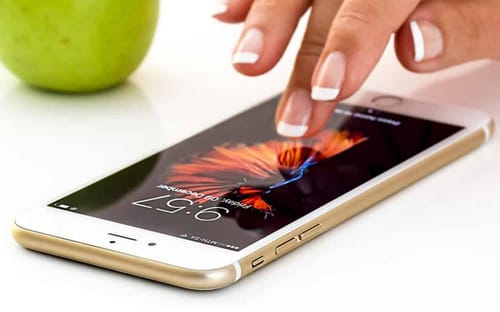 |
| Artificial intelligence aids in writing with smartphones |
Researchers at ETH Zurich have developed a new AI solution in which smartphone touch screens can detect an accuracy eight times the resolution of current devices.
Regardless of the type of phone and the size of the keyboard keys on the small screen, this means that there will be fewer typos on smartphones in the future.
The new AI solution allows you to more accurately deduce the position of a finger on the touch screen.
The project researchers said: The challenge in typing with modern smartphones is that the touch sensor used to detect the position of a finger on the screen has not changed much since the mid-2000s.
Although these sensors haven't changed much, the screen has improved significantly, even with a higher resolution.
Nowadays, the screens of smartphones and tablets offer high visual quality, which is becoming more evident in the new generation of devices: the resolution of the latest generation iPhone, for example, is 2532 x 1170 pixels.
However, the touch sensor can only detect the input with a resolution of about 32 x 15 pixels, which is 80 times smaller than the screen resolution.
The capacitive touch screen detects the position of the finger using the change in the electric field between the sensor lines to sense the proximity of the finger when it touches the screen surface.
Because the capacitive sensor detects proximity, the team said, it cannot detect actual contact with fingers.
The method that the team discovered is called CapConnect, and it combines two methods: The technology uses a touch screen as an image sensor that can see about 8 mm and uses a depth camera to record the proximity of objects.
CapConnect uses a deep learning algorithm and team insights to define the contact area between the finger and the surface.
The team showed that the new AI solution can reliably detect touches on the surface even though fingers are close together on the touch screen.
Researchers believe that AI solutions could pave the way for new touch sensors in future mobile phones and tablets, making them more reliable and accurate while reducing the area and complexity of manufacturing the sensors.
